
- For PC
- For MAC
- For Linux
- OS: Windows 7 SP1/8/10 (64 bit)
- Processor: Dual-Core 2.2 GHz
- Memory: 4GB
- Video Card: DirectX 10.1 level video card: AMD Radeon 77XX / NVIDIA GeForce GTX 660. The minimum supported resolution for the game is 720p.
- Network: Broadband Internet connection
- Hard Drive: 17 GB
- OS: Windows 10/11 (64 bit)
- Processor: Intel Core i5 or Ryzen 5 3600 and better
- Memory: 16 GB and more
- Video Card: DirectX 11 level video card or higher and drivers: Nvidia GeForce 1060 and higher, Radeon RX 570 and higher
- Network: Broadband Internet connection
- Hard Drive: 95 GB
- OS: Mac OS Big Sur 11.0 or newer
- Processor: Core i5, minimum 2.2GHz (Intel Xeon is not supported)
- Memory: 6 GB
- Video Card: Intel Iris Pro 5200 (Mac), or analog from AMD/Nvidia for Mac. Minimum supported resolution for the game is 720p with Metal support.
- Network: Broadband Internet connection
- Hard Drive: 17 GB
- OS: Mac OS Big Sur 11.0 or newer
- Processor: Core i7 (Intel Xeon is not supported)
- Memory: 8 GB
- Video Card: Radeon Vega II or higher with Metal support.
- Network: Broadband Internet connection
- Hard Drive: 95 GB
- OS: Most modern 64bit Linux distributions
- Processor: Dual-Core 2.4 GHz
- Memory: 4 GB
- Video Card: NVIDIA 660 with latest proprietary drivers (not older than 6 months) / similar AMD with latest proprietary drivers (not older than 6 months; the minimum supported resolution for the game is 720p) with Vulkan support.
- Network: Broadband Internet connection
- Hard Drive: 17 GB
- OS: Ubuntu 20.04 64bit
- Processor: Intel Core i7
- Memory: 16 GB
- Video Card: NVIDIA 1060 with latest proprietary drivers (not older than 6 months) / similar AMD (Radeon RX 570) with latest proprietary drivers (not older than 6 months) with Vulkan support.
- Network: Broadband Internet connection
- Hard Drive: 95 GB
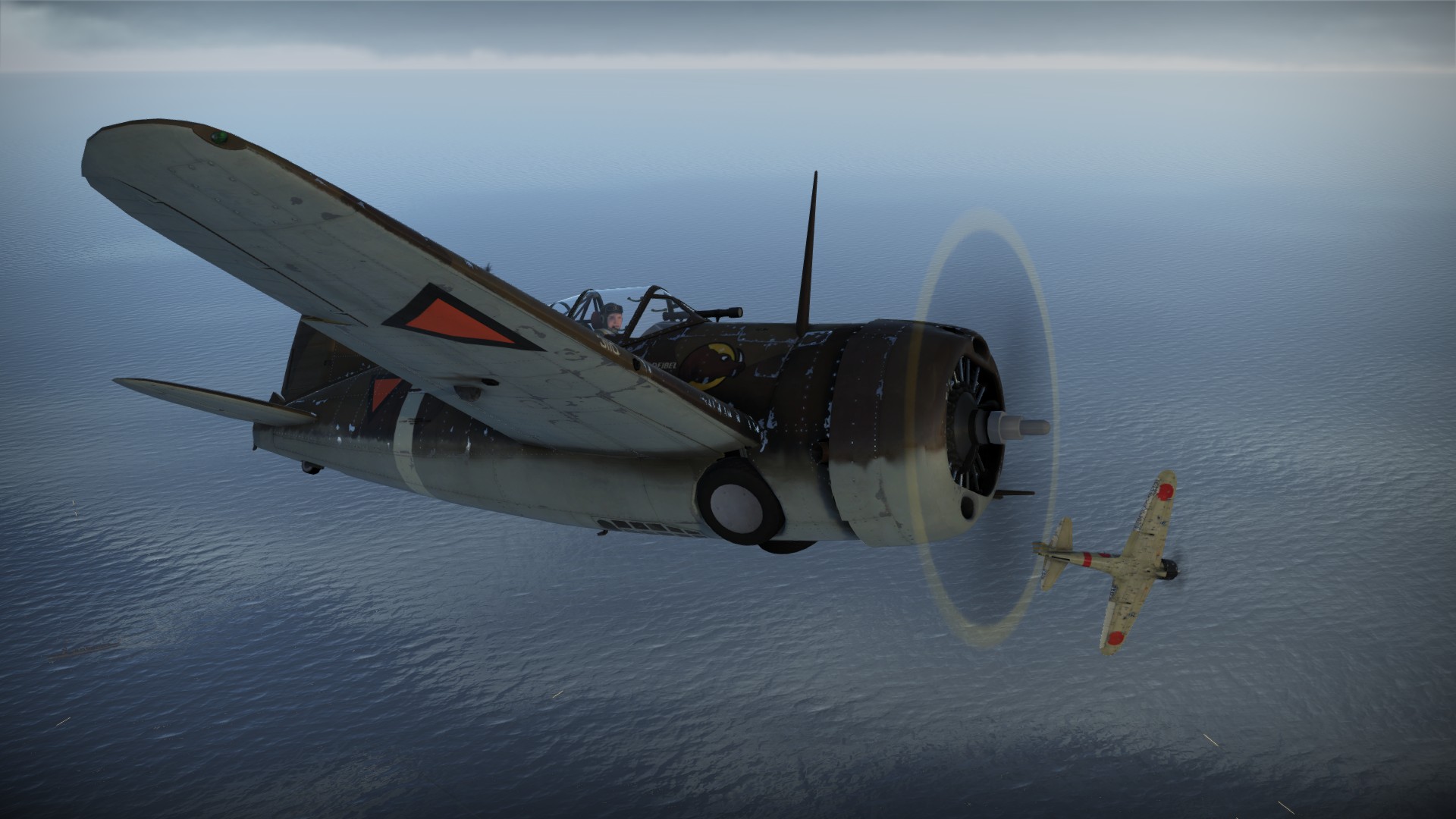
Lt. August Deibel was wounded twice flying the B-339 Buffalo. He scored three victories against Japanese fighters.
Lt. Deibel’s Brewster Buffalo skin by Synthex4060 | download here
Dutch pilots fought on two fronts in the Second World War. After the Netherlands were occupied by the Germans, the Dutch East Indies Army continued the fight against Japan, and Dutch pilots flew for the RAF when their home bases were occupied.
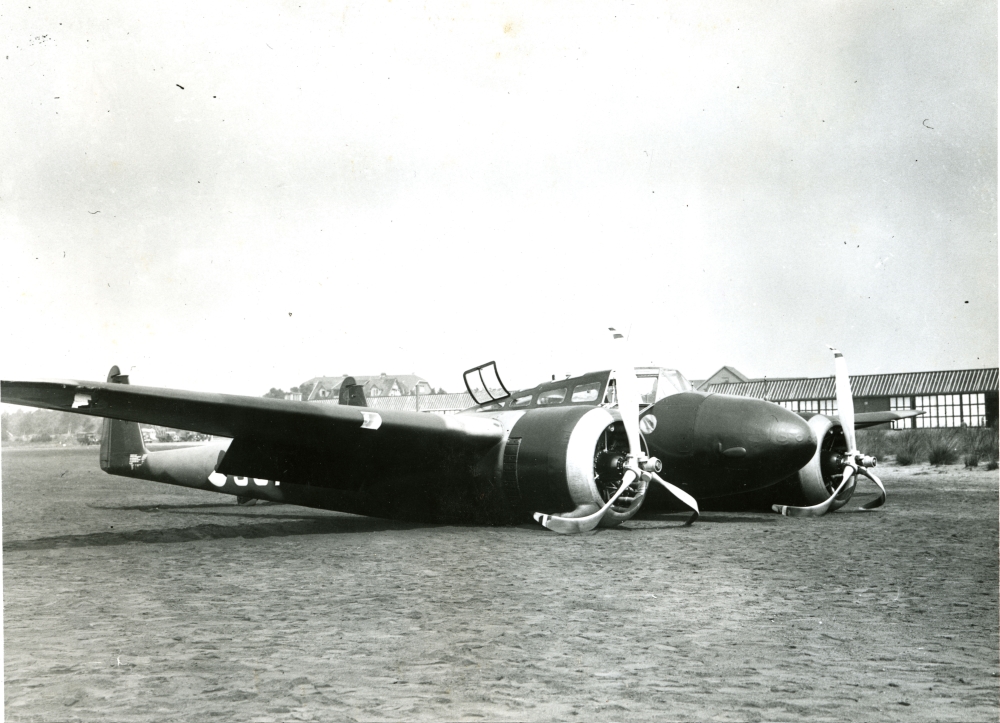 |
|
The Dutch Army Aviation Brigade was wiped out during the Battle of the Netherlands, including the Fokker G.I heavy fighters, none of which survive today. |
When the Battle of the Netherlands began on May 10th 1940, Dutch aviators were hopelessly outnumbered by the Luftwaffe. They fought valiantly, but the Fokker D.XXIs and G.Is of the defenders were quickly wiped out by the sheer numbers of the attackers. While ultimately successful, the invasion proved disastrous for German transport aircraft, as over 200 Ju 52s were destroyed during the operation. The loss of almost half their transport fleet would hinder the German war effort for years.
After the city of Rotterdam was leveled by the Luftwaffe, the Netherlands surrendered on the 15th of May to prevent further bombings. For some Dutch pilots, the war had only begun, as many chose to escape over the English Channel and join the RAF.
Despite the invasion of the Netherlands, Dutch colonies stayed in the war. Immediately after the attack on Pearl Harbour in December 1941, the Dutch government in exile declared war on Japan.
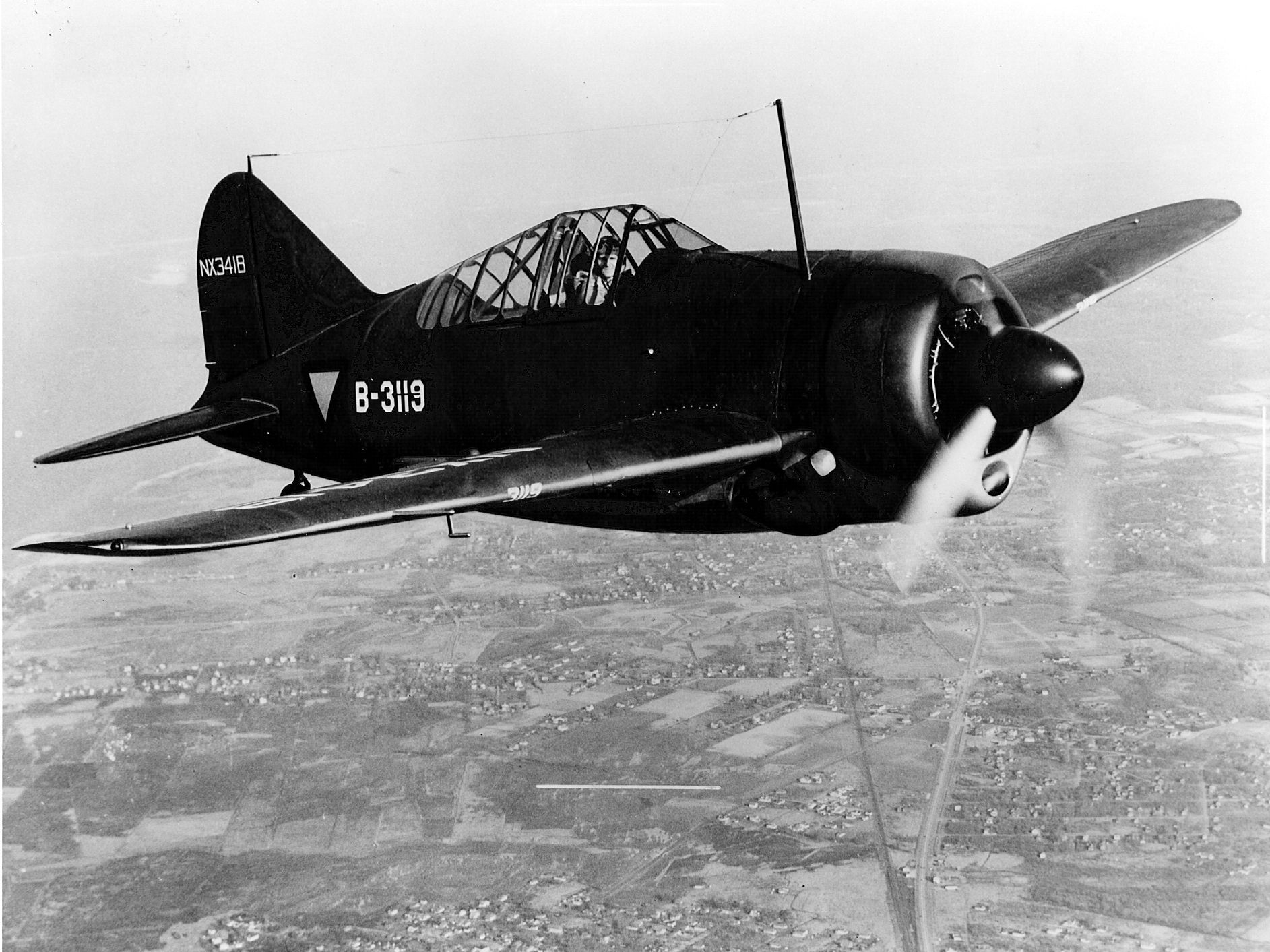 |
|
The Netherlands East Indies army had over 70 B-339 Buffaloes, most of which were lost during the three month campaign against Japan. |
The Royal Netherlands East Indies Army (KNIL) was fighting against impossible odds as the might of the Japanese war machine advanced on present day Indonesia. While poorly equipped, the air arm of the KNIL put up a good fight against the Imperial Japanese Navy.
Using export variants of the F2A-3 Brewster Buffalo, the Dutch pilots had moderate success in combat. The most notable example was the battle of Semplak on January 19th 1942, when 35 Japanese aircraft attacked the air base there. 20 of the attackers were A6M Zeroes, and they were intercepted by 8 Dutch Buffaloes. After the battle, the remains of 11 Japanese aircraft were found on the ground while only 4 Buffaloes had been lost. However, 5 other Dutch aircraft were destroyed on the ground. The most notable Dutch Buffalo pilot was Lt. August Deibel of 2-VLG-V, who shot down two Ki-27s and a Ki-43 during the campaign. Despite being wounded twice, Deibel survived the war. He lost his life in 1951 when he crashed flying a Gloster Meteor.
Eventually the defenders ran out of aircraft, and the Dutch East Indies surrendered to the Japanese on March 8th 1942. That did not stop the Dutch pilots from flying: The pilots who made it to Australia formed three joint squadrons with the RAAF to keep fighting. Two of the squadrons operated B-25 bombers, and the third one flew P-40 Kittyhawks. They eventually helped retake the islands from the Japanese.
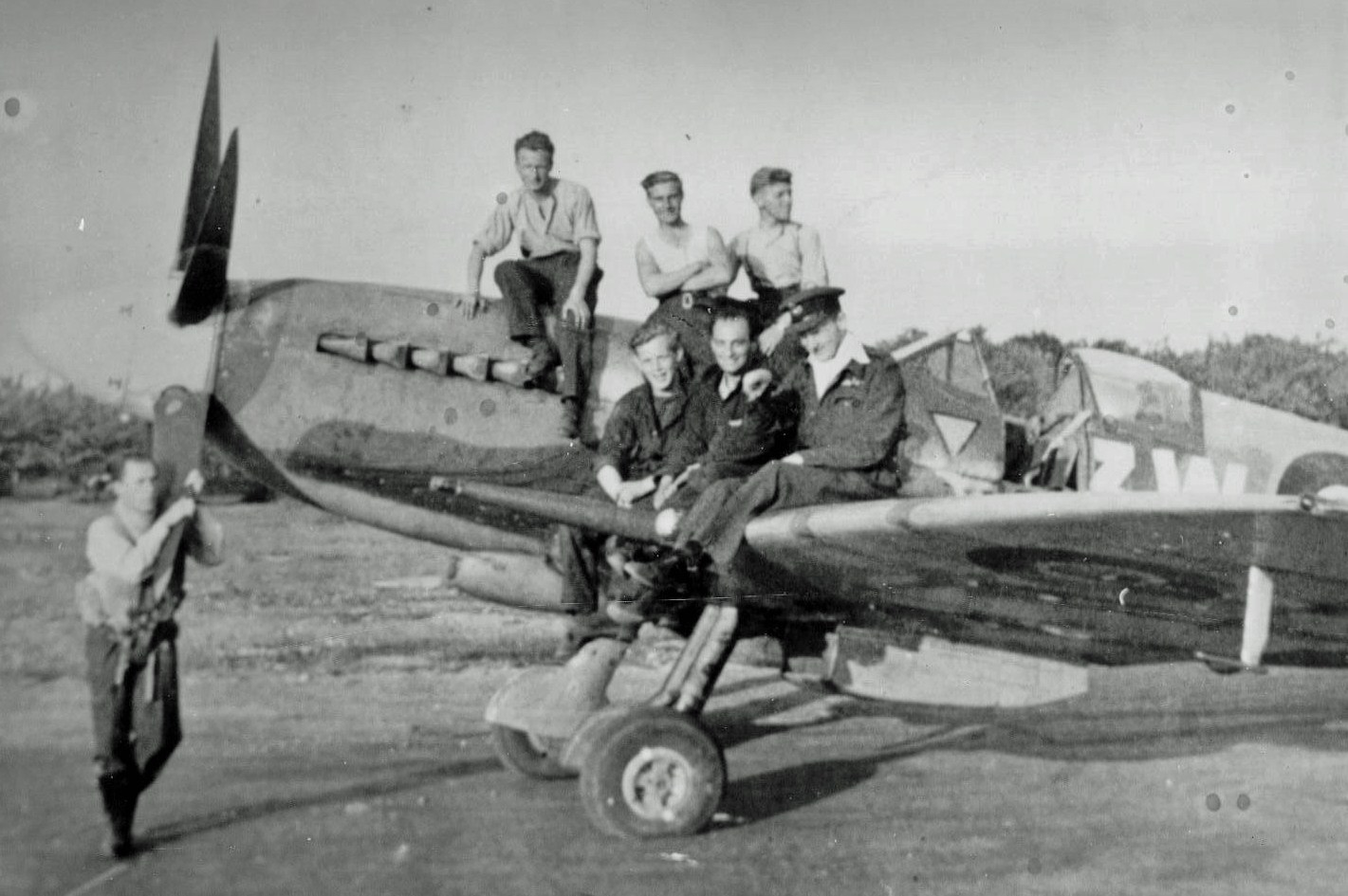 |
|
The Spitfire XIVs Rudy Burgwal flew with No. 322
squadron had the orange Dutch triangles painted on the sides of the fuselage. |
Dutch pilots also filled three squadrons with the RAF. The No. 320 and No. 321 squadrons flew bombers, and the No. 322 squadron, established in 1943, operated fighters. The fighter squadron is famous for being tasked with intercepting V-1 flying bombs during the summer of 1944. Their most notable ace was Rudolph Burgwal, who shot down over 20 V-1s with his Griffon-powered Spitfire XIV. Rudy Burgwal was lost when his Spitfire was shot down on an escort mission over France in August 1944.
To honor their service in the war, the No. 322 squadron remained as a unit in the Royal Netherlands Air Force and still exists today. They have also kept their original mascot, a parrot called Polly Grey. Every new pilot must meet the parrot before joining No. 322.
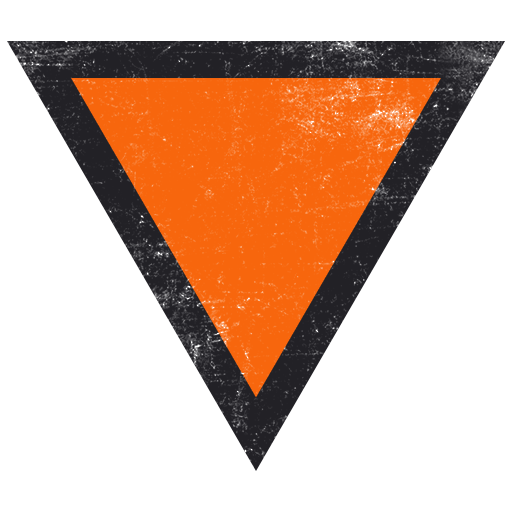
Dutch Aircraft Insignia - To be introduced into the game in a future patch
The War Thunder Team



